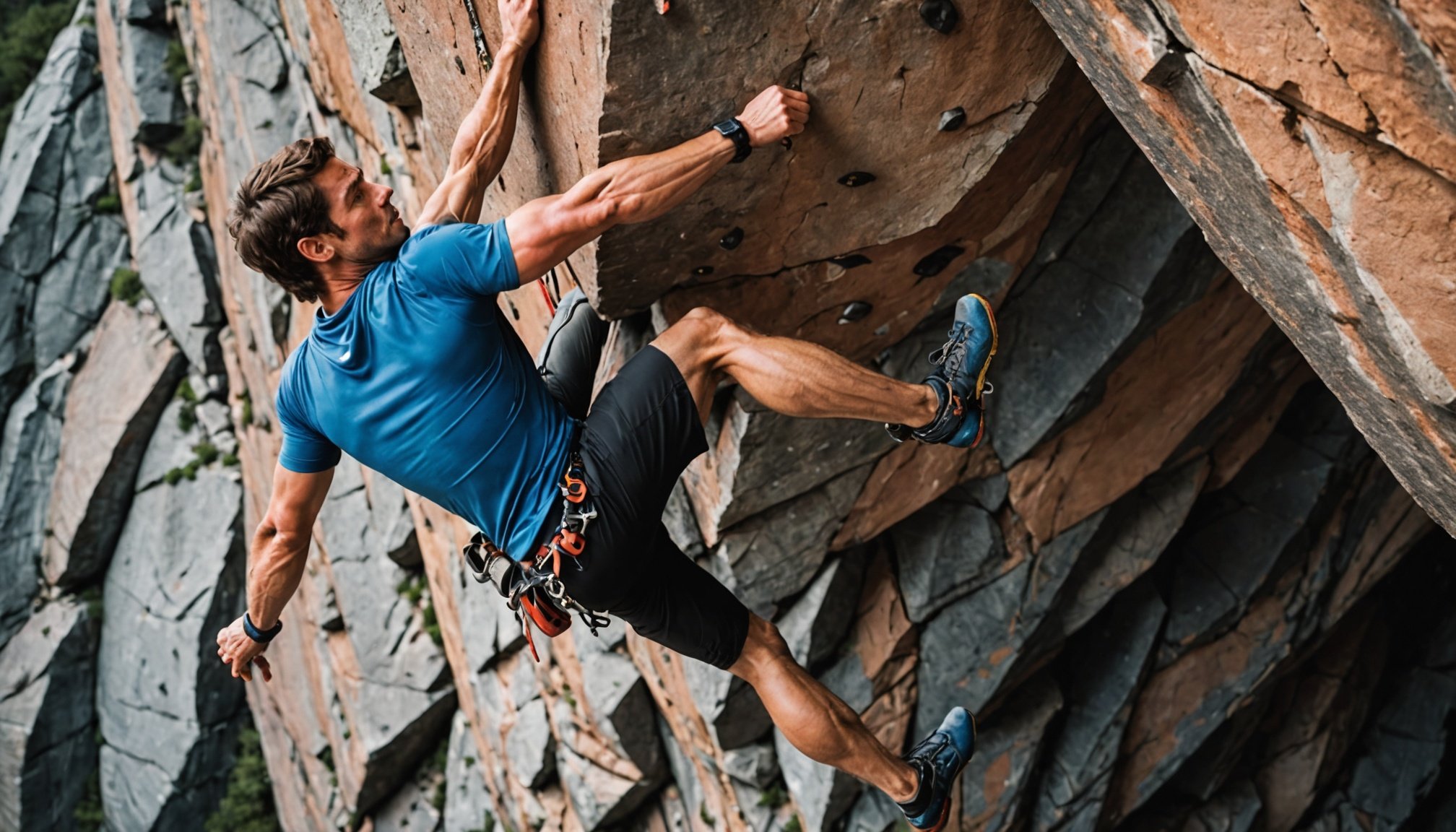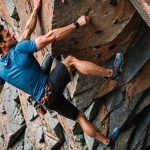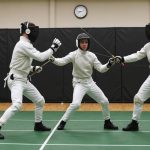Overview of Essential Strength Training for Climbing
Strength training is crucial for rock climbers seeking to elevate their performance. It plays a significant role in boosting a climber’s ability to navigate complex routes with efficiency and power. By focusing on targeted training, elite rock climbers can achieve more advanced climbing skills, improving both their endurance and technical capabilities.
Proper strength training entails a comprehensive approach that enhances muscle coordination, stability, and overall power output. By incorporating these factors, climbers can maintain better control on challenging holds and withstand longer climbs without compromising their safety.
In the same genre : Essential hydration tips for outdoor track events: your complete guide to avoiding dehydration
Despite the clear advantages, there are common misconceptions surrounding strength training in this community. Some climbers mistakenly believe that focusing solely on climbing skills is sufficient, neglecting the importance of a balanced workout regimen. Others fear that strength training may lead to undesired bulk, potentially hindering their agility. However, essential strength training, when correctly applied, supports lean muscle development and enhances climbing performance without excess mass.
To summarise, incorporating essential strength training into a climber’s routine is invaluable. It not only maximizes climbing performance but also reduces the risk of injuries, helping climbers achieve their full potential.
Also to discover : Unlocking the secrets to post-pentathlon recovery: essential strategies for effective cool down
Core Exercises for Climbers
For climbers, developing a robust core is crucial. Core strength exercises enhance climbing core stability, improving overall performance on the rock face.
Plank Variations
Plank variations are exceptionally effective in building core endurance and stability. To maximize the benefits, maintain a straight line from your head to your heels, engaging your core throughout. For climbers, incorporating side planks and extended planks can further challenge core musculature and balance. Aim for 3 sets, holding each position for 30-60 seconds.
Hanging Leg Raises
Hanging leg raises bolster core and grip strength, pivotal for advanced climbing maneuvers. Start with knee raises if you’re new to this exercise, progressing to straight leg raises as your core stabilizes. Integrate 3 sets of 8-12 repetitions into your climbing workout.
Russian Twists
Russian twists play a significant role in rotational strength and help prevent injuries by engaging obliques. Ensure your form is correct by sitting at a 45-degree angle, twisting your torso side to side, and keeping your legs elevated. Enhance difficulty with a medicine ball, performing 3 sets of 15-20 repetitions.
Upper Body Strength Exercises
Upper body strength exercises are essential for climbers to enhance their pulling power, crucial for conquering vertical challenges.
Pull-Ups and Variations
Pull-ups are paramount for building pulling strength and muscle endurance, vital for successful climbing. Different grips, such as overhand and underhand, target specific muscles and improve flexor and extensor strength. Begin with bodyweight pull-ups and progress to weighted variations to continuously develop your climbing upper body strength. Aim to perform 3 sets of 5-10 repetitions, adjusting as you advance.
Push-Ups and Dips
Integrating push-ups and dips balances out muscle development by targeting opposing groups, ensuring climbers maintain overall strength. For proper form, keep your body aligned, avoid flared elbows, and opt for variations like decline push-ups and tricep dips. Regularly include them in your upper body workouts to enhance pushing power during climbs.
Resistance Band Exercises
Resistance bands are excellent for strengthening stabilizer muscles essential for climbing stability. Incorporate band pull-aparts and face pulls into your routine to fortify shoulder joints. Moreover, the varied resistance levels make them versatile tools for climbers of all levels, offering a scalable strength-building approach.
Leg Strength and Power
For rock climbers, developing robust leg strength and power is crucial to enhance climbing ability. Effective leg workouts help climbers scale challenging routes with increased force and stability.
Squats and Variations
Squats are a fundamental exercise for building leg strength and power, directly benefiting climbers. Ensuring proper form is vital; your back should remain straight, knees shouldn’t extend beyond your toes, and feet are shoulder-width apart. Common mistakes include collapsing your chest forward or letting your knees cave inwards. Incorporate variations such as goblet, sumo, and Bulgarian split squats. These enhance muscular engagement and address different leg muscles. Integrate 3 sets of 8-12 repetitions into your training.
Lunges
Lunges significantly improve balance and unilateral strength, making them essential for climbers. Experiment with forward, reverse, and lateral lunges to target diverse muscle groups. Start by focusing on form, keeping a 90-degree angle at both knees. Perform 3 sets of 12-15 repetitions per leg.
Step-Ups
Step-ups contribute to explosive strength and stability. Utilize a knee-height platform, ensuring a controlled ascent and descent. To increase difficulty, hold weights or increase the step height progressively. Integrate 3 sets of 10-15 repetitions into your climbing workout to maximise gains.
Flexibility and Injury Prevention
Building climbing flexibility is essential for smooth and efficient movements, enhancing overall performance while reducing injury risks. Flexibility improves range of motion, allowing climbers to reach further and with better control.
Dynamic Stretching
Dynamic stretching is crucial as a warm-up, preparing muscles for intense climbing activities. By increasing heart rate and blood flow, these stretches reduce stiffness and enhance climbing performance. Effective dynamic stretches for climbers include arm circles, leg swings, and torso twists. Incorporating these into a pre-climb routine ensures muscles are adequately prepared, promoting injury prevention.
Static Stretching
Post-climb, static stretching aids in recovery and maintains flexibility. By holding each stretch for 15-30 seconds, climbers can target key muscle groups such as the hamstrings, shoulders, and back. This technique not only alleviates tension but also prevents muscle imbalances and injuries over time. Regular static stretching sessions significantly enhance muscular flexibility and endurance.
Injury Prevention Techniques
Common climbing injuries, including tendonitis and muscle strains, often arise from overuse or lack of flexibility. To combat these, focus on strengthening exercises like reverse wrist curls and rotator cuff workouts. These exercises bolster injury prevention, supporting climbers’ endurance and reducing recurrence of issues. Consistently engaging in these practices elevates safety and climbing performance.











